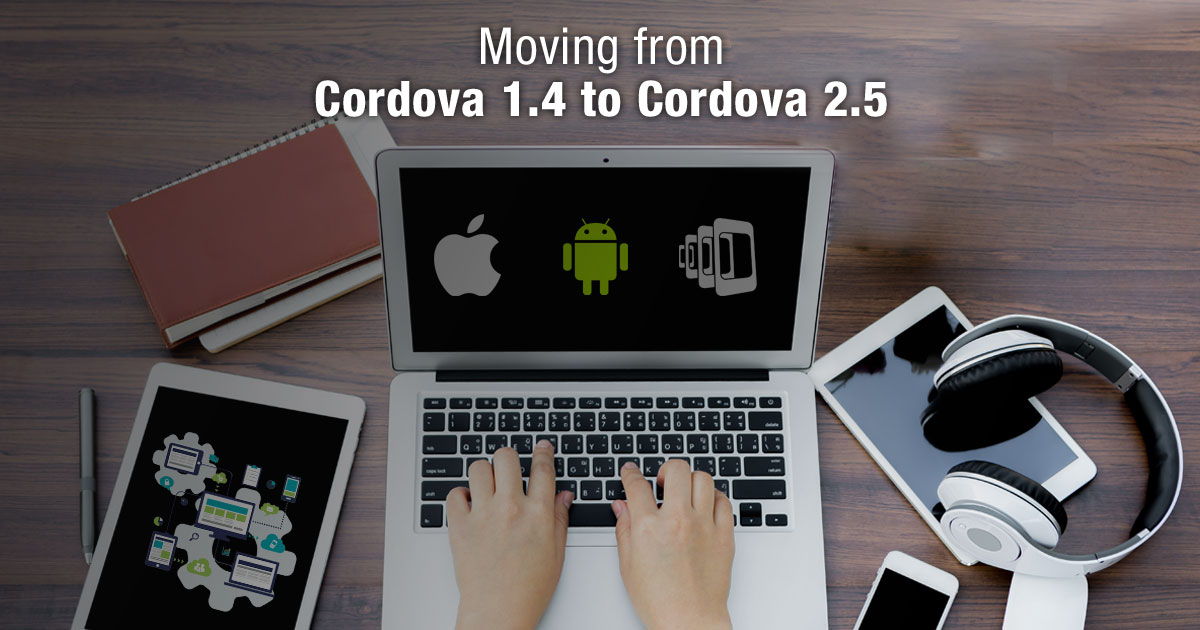Posted By
Gaurang Patel
on
5. September 2013 03:38
Mobile applications are built on respective device-specific languages. For instance, iPhone applications are developed using Objective C, whereas, Android applications are developed using Java.
Apache Cordova is open source platform that enables programmers to build mobile applications using HTML, CSS, and JavaScript. Software programmers make use of PhoneGap, a mobile development framework, which uses Apache Cordova as its engine. The Cordova platform was developed with an aim to create a technology that was unshackled by the sandbox and proprietary APIs. Cordova has been contributed by Adobe Systems to the Apache Software Foundation. There have been various contributions to the platform and further advanced features are introduced with every version. The latest stable version is 2.9.0.
Apache Cordova is free and openly licensed. Cordova works with several operating systems namely Android, IOS, Blackberry, Windows Live, Bada, and WebOS. Additionally, it even supports native APIs for each operating system.

Creating Mobile Applications using Apache Cordova
At Simtekway, we have built several applications by implementing this hybrid technology. When Cordova 1.4 was released, it brought in many enhancements and bug fixes on Android, Blackberry, and IOS with added support for new platforms. The engine gets smarter with every new release. And that is the reason behind upgrading to the new releases becomes necessary.
Migrating to Apache Cordova 2.5
As it happened recently, AppStore charted guidelines that every application has to pass through, in order to get placed in the AppStore. We found this was being a major roadblock in Apache Cordova 1.4. There were other issues too which needed to be addressed which required migrating to an upgraded version with better support features.
Apache Cordova 2.5 is power-packed with enhanced features that support better application performance. Migrating to Apache Cordova 2.5 corroborated the use of enhanced features.
The major reasons that compelled us to shift to Cordova 2.5 were:
- AppStore Guidelines – Cordova IOS 2.5 version includes support for the alliance with the new AppStore Guidelines. Migrating to 2.5 enabled us to pass through the new AppStore submittal rules.
- Better UDID support and IMEI Tracking - The change in the computation of UUID (Universally Unique Identifier), as per the new AppStore Guidelines, made it possible to develop applications without the tracking of IMEI (International Mobile Equipment Identity) no.
The other new features that helped us achieve a better performing mobile application–
- In-app Browser Support - Enhanced in-app browser support can substitute the use of child browser.
- Config.xml – The root element in config.xml file has been changed to instead of in order to align with the W3C widget specs.
- File Transfer Object Error – Better handling of File Transfer Object error with the addition of “body” property in the File Transfer object.
- Native URI – There is an added support for Native URIs to enhance the ability to access files directly from a device’s photo/video library.
- NSURL Cache enabled – Explicitly initializing NSURL Cache will possibly resolve memory issues and boost performance.
- Plugin – The 2.5 release has brought many improvements in Plugins. The main addition is the ability to load plugin at startup.
- Splashscreen – It is possible to show/hide application’s splash screen in this version.
Call us at 484-892-5713 or Contact Us today to schedule your free consultation, and discover how Simtekway can help you leverage information technology for your business’ prosperity.



